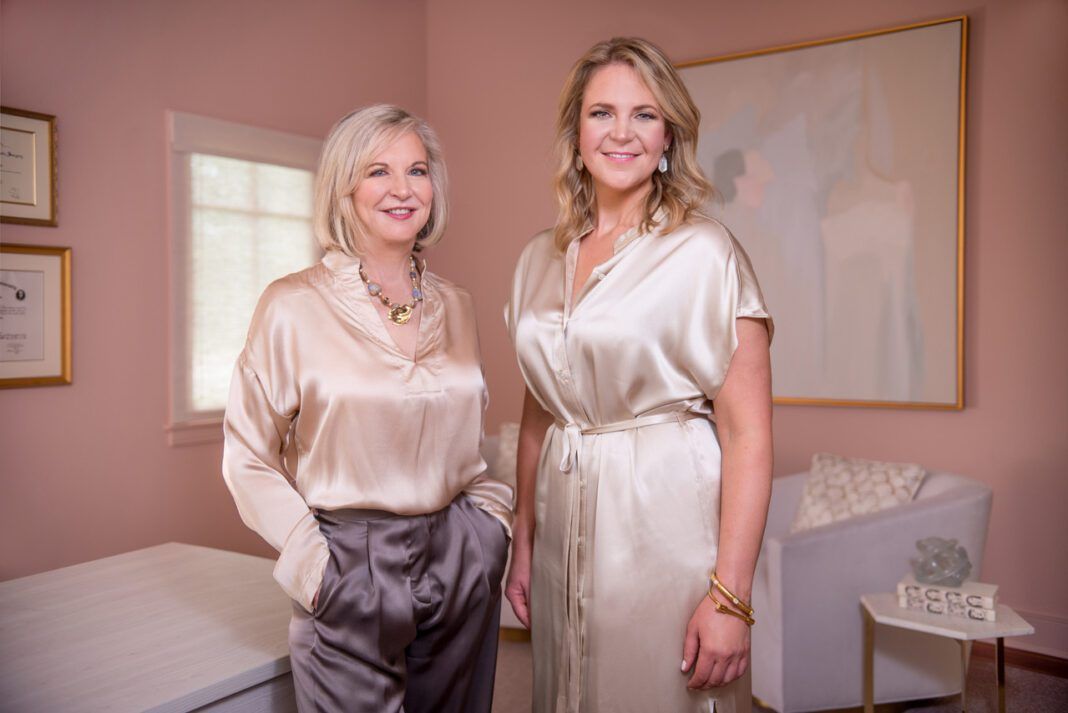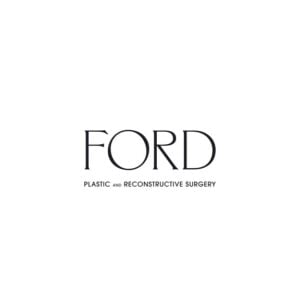A plastic surgeon explains: Why do women need breast implant revision surgery?
Sponsored by Ford Plastic and Reconstructive Surgery
Breast augmentation is a popular cosmetic procedure. More than 300,000 women in the United States undergo augmentation each year because they want to enhance the shape and size of their breasts. Our patients tell us that after surgery they feel more confident in and out of clothing. But breast implants don’t last a lifetime, and there are many reasons why a woman may have a second surgery later in life. Dr. Katherine Ford Chiasson and Dr. Ann Ford Reilley at Ford Plastic and Reconstructive Surgery explain the goals of breast implant revision surgery and why it may be necessary.
The average lifespan of a breast implant is 10-15 years, although in many cases, gel implants are intact for 20 or more years. Dr Chiasson notes that women have different ideas about breast size as they go through life. These stages may include pregnancy and breast feeding with later menopause. What was a desirable result to a 20-year-old woman may not be the preference when that same patient is now in her fifties or sixties. The breasts’ appearance also may have changed due to normal aging, pregnancy, breastfeeding, weight fluctuation and other factors. A woman may decide she no longer wants implants at all, or she may choose to remove the old implants and replace them with new ones that contain updated material.
At Ford Plastic and Reconstructive Surgery, each patient receives a thorough consultation with Dr. Chiasson, where she listens to the woman’s goals and desires and develops a plan to address that woman’s unique needs during surgery.
In its simplest form, breast implant removal can be completed in the doctor’s office using a numbing solution and simple sedation. However, in many cases a woman decides she would still like to keep implants but wants a different look. She may decide to exchange her current breast implants for implants that are a little smaller. This out-patient procedure is performed under general anesthesia. Not uncommonly breast implant exchange is combined with a breast lift to achieve a smaller, more uplifted and youthful breast appearance.
Fat grafting is another tool used by Dr. Chiasson in secondary breast surgery. During this procedure, Dr. Chiasson liposuctions the patient’s abdomen, hips or thighs and uses the patient’s own fat to add more volume to the breasts. Fat grafting can be done along with new breast implants or in place of implants as a stand alone procedure if the patient has sufficient fat to “donate”.
In some cases, the woman’s breast implants have become uncomfortable due to excessive scar tissue around the implant. This condition, called capsular contracture, was more often seen in older style silicone gel implants. In these cases, the woman may be experiencing some pain or dissatisfaction with the shape and feel on the involved implant. There are cases where the breast implant has ruptured. Ruptured implants may be diagnosed during routine mammography. Thankfully, improvements in the materials used for breast implants today cause them to age differently than those used in the 1980s and 90s. Dr. Chiasson notes that current gel implants are highly cohesive, almost like a gummy drop. Should a cohesive implant sustain trauma there is no gel leakage and the implant holds its shape.
With patient safety in mind, it’s important to follow-up yearly with your plastic surgeon after a breast augmentation, as well as receive regular mammograms. At Ford Plastic and Reconstructive Surgery, Dr. Chiasson follows you and your breast implants for life to check if they’ve ruptured or need to be replaced for your safety. For more information, call or text 225.269.2610 or visit online at fordprs.com.













